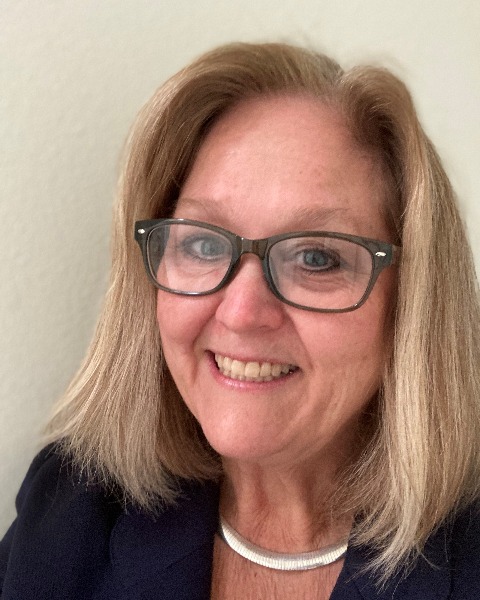Back
Roundtable Session
Roundtable Session
10 - Older Adult Oral Health Resources for Collaboration
Tuesday, April 18, 2023
12:45 PM – 2:30 PM
Location: Climate Control Tent

Lori K. Cofano, RDH, BSDH
Dental Public Health Consultant
ASTDD
Presenting Author(s)
Disclosure(s):
Lori K. Cofano, RDH, BSDH: No financial relationships to disclose
Description: The older adult population, age 65 and older, is growing rapidly in the United States. This increase, along with older adults’ greater retention of their natural teeth intensifies the need to focus on older adult oral health and access to oral health care. Despite the importance of oral health to overall well-being, obstacles to care still exist. The National Institutes of Health 2021 report, Oral Health in America: Advances and Challenges- Section 3B: Oral Health Across the Lifespan: Older Adults, addresses some of the oral health challenges facing older adults such as: loss of employer-provided dental insurance, lack of an oral health benefit in Medicare, a longer lifespan with more chronic disease and complex health issues, adults who are frail, disabled, homebound, cognitively impaired or those living in long-term care facilities who require a coordinated team of caregivers to address their oral health needs - despite an unprecedented shortage of paid long-term care providers. Health care providers, including oral health care providers, need to collaborate with one another in order to effectively serve the older adult population. In 2022, ASTDD's Healthy Aging Committee convened a workgroup to create the Older Adult Oral Health Resources for Collaboration document. Come find out about the various resources available to assist with this interprofessional collaborative effort.
Source of Funding:: Gary and Mary West Foundation
Source of Funding:: Gary and Mary West Foundation
